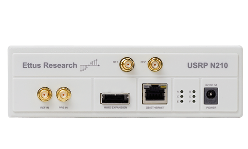Prof. Vivek Ashok Bohara delivered a talk at VVDN-NI Academic Conclave 2024, Noida
Prof. Vivek Ashok Bohara delivered a talk on Leveraging Intelligent Reflecting Surfaces and NI SDR Platform for 5G and 6G Innovations and Research at VVDN-NI Academic Conclave 2024, Noida.



